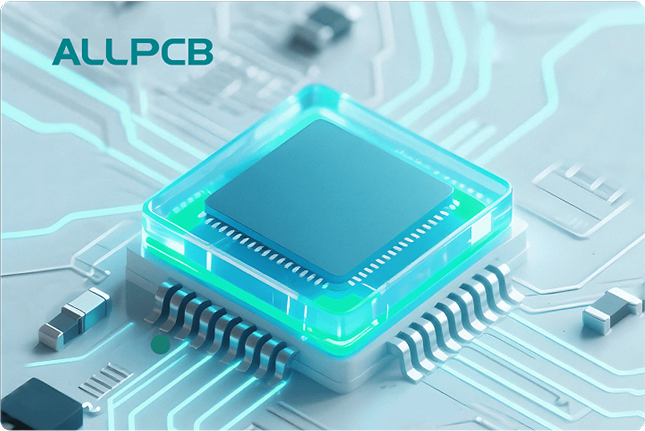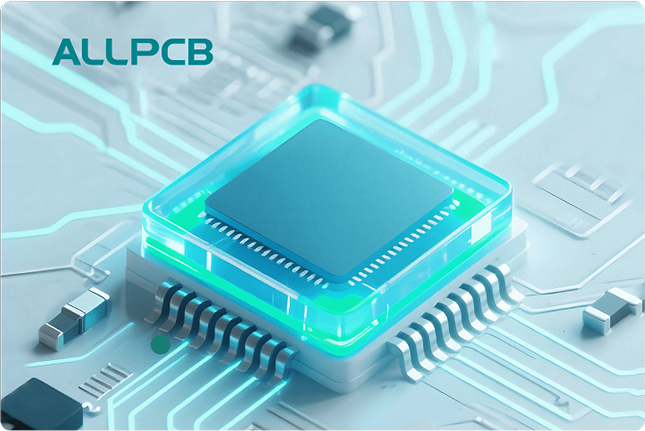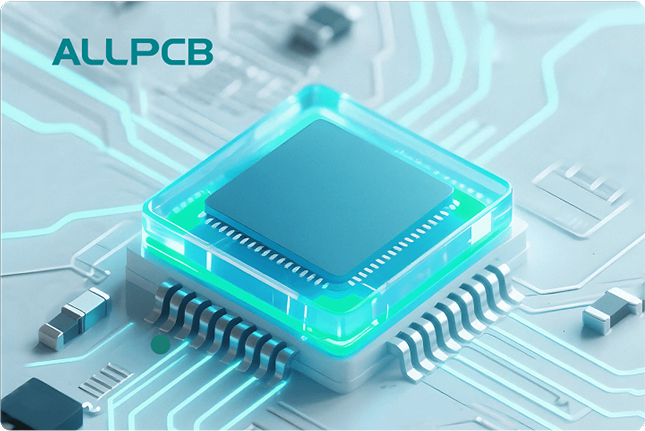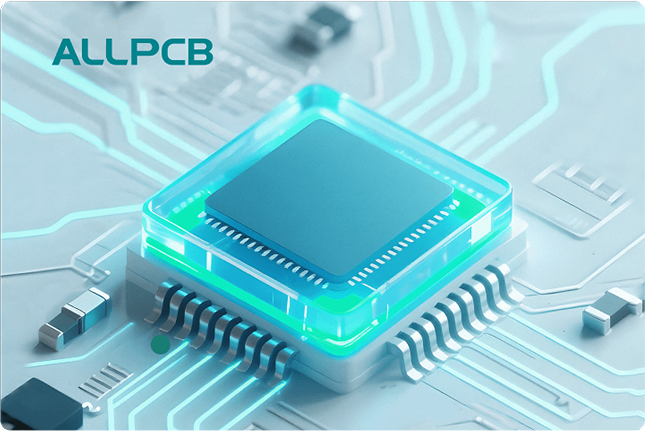In the fast-evolving world of electronics manufacturing, mixed technology PCB assembly—combining surface-mount technology (SMT) and through-hole (TH) components—has become increasingly common. One critical process that ensures precision and reliability in these assemblies is selective soldering. But what exactly is selective soldering, and why is it so vital for mixed SMT/TH assembly? Simply put, selective soldering is a targeted soldering method used to attach specific through-hole components to a PCB without affecting nearby SMT parts. This blog dives deep into the selective soldering process for PTH (plated through-hole) components, explores its application in mixed technology assemblies, and highlights the equipment and techniques that make it effective.
Whether you're an engineer designing complex boards or a manufacturer looking to optimize production, understanding selective soldering can significantly improve your PCB assembly outcomes. Let’s explore its role, benefits, and best practices in detail.
What Is Selective Soldering and Why Does It Matter?
Selective soldering is a specialized technique used to solder specific through-hole components on a printed circuit board (PCB) while avoiding damage to surrounding SMT components. Unlike wave soldering, which applies solder across the entire board, or reflow soldering, which is primarily for SMT parts, selective soldering focuses only on designated areas. This precision is crucial in mixed technology PCB assembly, where boards often feature a dense mix of SMT components on both sides, alongside a few TH components that require stronger mechanical bonds.
The importance of selective soldering lies in its ability to handle the unique challenges of modern PCB designs. As boards become smaller and more complex, with components packed tightly together, traditional soldering methods can risk overheating or damaging sensitive parts. Selective soldering minimizes these risks, ensuring high-quality connections for PTH components without compromising the integrity of nearby SMT elements.
The Selective Soldering Process for PTH Components
The selective soldering process for plated through-hole (PTH) components is a multi-step operation designed for precision and efficiency. Here’s a breakdown of how it works:
- Preparation: The PCB is prepared by ensuring all components are placed correctly. SMT components are typically soldered first using a reflow oven, leaving the PTH components for the selective soldering phase.
- Flux Application: A thin layer of flux is applied to the specific areas where PTH components will be soldered. Flux cleans the surfaces and improves solder adhesion, ensuring a strong bond.
- Preheating: The board is preheated to activate the flux and reduce thermal shock during soldering. Preheating temperatures often range between 80°C and 120°C, depending on the board materials and components.
- Selective Soldering: A small, localized solder wave or fountain targets only the PTH leads. This wave is generated by a nozzle that directs molten solder precisely to the designated pins, avoiding contact with SMT parts.
- Cooling and Inspection: After soldering, the board cools down, and the solder joints are inspected for quality. Automated optical inspection (AOI) systems often check for defects like incomplete wetting or solder bridges.
This process ensures that PTH components, which often require more robust mechanical connections for high-power or high-stress applications, are soldered reliably without affecting the delicate SMT components nearby.
Using Selective Soldering in Mixed SMT/TH Assembly
Mixed SMT/TH assembly refers to PCBs that combine surface-mount components, which are soldered directly onto the board’s surface, with through-hole components, whose leads pass through drilled holes. This combination is common in applications requiring both the compactness of SMT and the durability of TH parts, such as power supplies, automotive electronics, and industrial controls.
In such assemblies, using selective soldering offers several advantages:
- Precision: Selective soldering targets only the TH components, preventing heat damage to SMT parts that have already been soldered via reflow. For instance, SMT capacitors or microcontrollers with low thermal tolerances (often below 260°C) remain unaffected.
- Flexibility: It allows manufacturers to handle complex designs where TH components are placed near densely packed SMT areas. This is critical as PCB real estate shrinks, with component spacing often as tight as 0.5 mm.
- Cost-Effectiveness: By automating the soldering of specific areas, it reduces the need for manual soldering, which can be time-consuming and prone to errors. Studies suggest automation can cut labor costs by up to 30% in mixed assembly scenarios.
- Quality Control: Selective soldering ensures consistent solder joints for TH components, reducing defects like cold solder joints or insufficient fill, which are common in manual processes.
Without selective soldering, manufacturers might resort to hand soldering for TH components in mixed assemblies, which increases the risk of human error and inconsistency. Thus, adopting this method is a game-changer for achieving reliable results in mixed technology boards.
Selective Soldering Equipment and Techniques
The success of selective soldering in mixed technology PCB assembly depends heavily on the right equipment and techniques. Let’s explore the key tools and methods used in this process.
Key Equipment for Selective Soldering
- Selective Soldering Machines: These machines feature programmable nozzles that deliver precise solder waves to specific PTH leads. Modern systems can handle boards with dimensions up to 510 x 460 mm and achieve soldering speeds of 10-15 points per second.
- Flux Applicators: These devices apply flux only to targeted areas, often using spray or drop-jet technology for accuracy. This minimizes flux residue, which can otherwise cause corrosion if not cleaned properly.
- Preheat Modules: Integrated preheaters ensure uniform board temperature before soldering, reducing thermal stress. Infrared or convection heating methods are commonly used, with temperature accuracy within ±2°C.
- Inspection Systems: Post-soldering inspection tools, such as AOI or X-ray systems, verify joint quality. They can detect defects like voids or insufficient solder fill with up to 99% accuracy.
Techniques for Optimal Results
- Nozzle Customization: Using the correct nozzle size and shape for the PTH lead configuration ensures precise solder application. For example, a 3 mm nozzle might be ideal for standard connectors, while a 1.5 mm nozzle suits smaller pins.
- Thermal Profiling: Adjusting preheating and soldering temperatures based on the board’s thermal mass prevents overheating. A typical profile might peak at 245°C for lead-free solder, staying within component tolerances.
- Process Automation: Programming the soldering path minimizes human intervention, ensuring repeatability. Advanced systems allow real-time monitoring, adjusting parameters if deviations occur.
- Maintenance Routines: Regular cleaning of solder nozzles and flux applicators prevents contamination, which can lead to defects. Scheduled maintenance every 500 hours of operation is a common industry standard.
By combining the right equipment with refined techniques, manufacturers can achieve high-quality solder joints even in the most challenging mixed technology assemblies.
Benefits of Selective Soldering in Modern PCB Assembly
Selective soldering offers a range of benefits that make it indispensable for mixed technology PCB assembly:
- Enhanced Reliability: PTH components soldered using this method often achieve joint strengths exceeding 5 kg of pull force, ideal for high-vibration environments like automotive applications.
- Reduced Thermal Damage: By limiting heat exposure to specific areas, it protects SMT components with low thermal thresholds, such as LEDs or sensors, from degradation.
- Improved Throughput: Automated selective soldering systems can process up to 200 boards per hour, compared to manual soldering rates of just 10-20 boards in the same timeframe.
- Environmental Impact: Targeted soldering reduces solder and flux usage, cutting waste by as much as 40% compared to traditional wave soldering methods.
These advantages translate to better product quality, faster production cycles, and lower overall costs, making selective soldering a preferred choice for modern electronics manufacturing.
Common Challenges and How to Overcome Them
While selective soldering is highly effective, it’s not without challenges. Here are some common issues and solutions:
- Component Spacing: Tight spacing between TH and SMT components can complicate nozzle access. Using smaller, precision nozzles or adjusting PCB layout during design can help. Aim for at least 2 mm clearance around PTH leads.
- Solder Defects: Issues like insufficient fill or bridging can occur if parameters are off. Regularly calibrating equipment and using high-quality solder alloys (e.g., SAC305 for lead-free applications) can minimize defects.
- High Initial Costs: Selective soldering machines can cost between $50,000 and $150,000. However, the long-term savings in labor and rework often justify the investment within 1-2 years.
Addressing these challenges through careful planning and equipment maintenance ensures consistent results in mixed technology assemblies.
Best Practices for PCB Design with Selective Soldering in Mind
To maximize the effectiveness of selective soldering, PCB designers should consider the following:
- Component Placement: Group PTH components together to simplify the soldering path and reduce nozzle movement. Avoid placing them too close to heat-sensitive SMT parts.
- Pad and Hole Design: Ensure PTH pads and holes are sized correctly for the leads. A typical hole diameter is 0.2-0.3 mm larger than the lead for optimal solder flow.
- Thermal Considerations: Use thermal relief patterns on large ground planes to prevent heat dissipation issues during soldering, ensuring even heating around PTH leads.
- Documentation: Clearly mark areas for selective soldering in assembly drawings to guide manufacturing teams and avoid errors.
Designing with selective soldering in mind streamlines the assembly process and reduces the likelihood of defects, saving time and resources.
Conclusion: The Future of Selective Soldering in PCB Assembly
Selective soldering plays a pivotal role in mixed technology PCB assembly, offering precision, reliability, and efficiency in an era of increasingly complex electronics. By mastering the selective soldering process for PTH components, leveraging it in mixed SMT/TH assemblies, and utilizing the right equipment and techniques, manufacturers can meet the demands of modern designs without compromising quality. As PCB layouts continue to shrink and component diversity grows, the importance of selective soldering will only increase, cementing its place as a cornerstone of advanced electronics manufacturing.
With the insights and best practices shared in this blog, engineers and manufacturers can confidently integrate selective soldering into their workflows, ensuring robust and reliable PCB assemblies for any application.
 ALLPCB
ALLPCB







